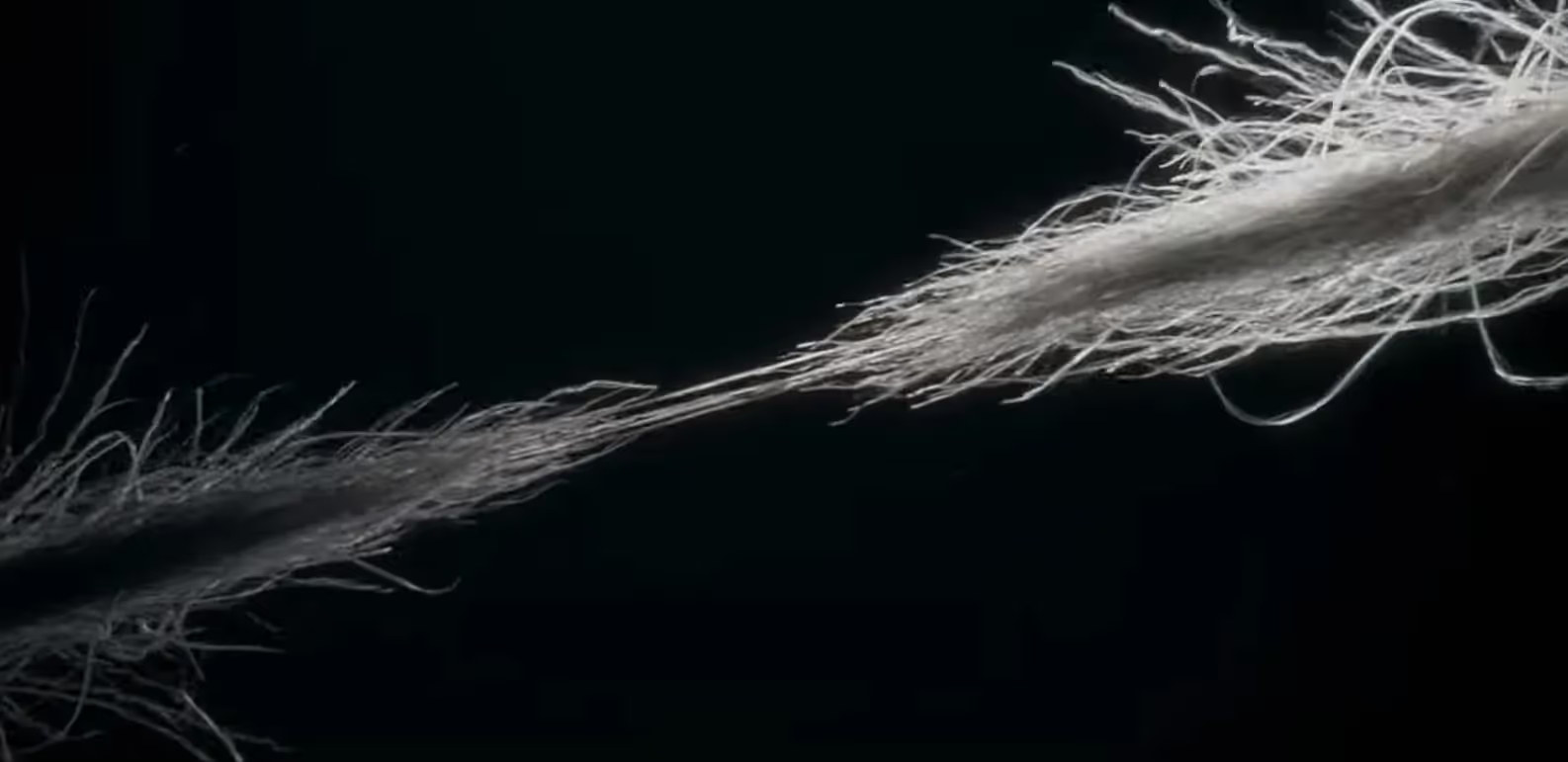
For 3D artists or CG aficionados, the concept of a render farm often conjures images of vast digital factories churning out frame after frame of photorealistic imagery. These behemoths of computation serve as the backbone for many high-end productions, where the quest for visual realism knows no bounds. Let's delve deeper into the artistry of 3D rendering, as it becomes apparent that the utility of render farms extends far beyond the realm of photorealism. Touching the vibrant world of non-photorealistic rendering (NPR) in profound ways.
The association of render farms with photorealistic rendering is not unfounded. The complexity and detail required to produce lifelike images demand significant computational resources, often making render farms an indispensable tool in the arsenal of visual effects studios. But to consider them solely in the context of photorealism is to overlook their expansive potential.
Non-photorealistic renders, with their unique aesthetic and artistic expressions, also require substantial rendering power, particularly for projects involving longer animations or complex scenes. These types of renders, which often prioritize artistic flair over pixel-perfect reality, can be just as demanding on computational resources, especially when they aim to convey a specific artistic vision or narrative depth.
At the heart of the render farm concept is the notion of time as a service. In a world where deadlines loom large and the race to deliver content is relentless, render farms represent a crucial time-saving solution. They allow 3D artists and studios to offload the heavy lifting of rendering tasks, freeing up precious time that can be spent refining and enhancing the creative aspects of a project. In this sense, employing a render farm is akin to buying time, enabling creators to explore their artistic visions more fully and to iterate on their work without the oppressive tick of the clock dictating their every move.
Non-photorealistic rendering is a canvas of immense diversity, offering a range of styles that cater to various artistic intents and audiences:



Combining the dynamism of motion graphics with the depth of 3D, this style is prevalent in commercials, film title sequences, and multimedia presentations. Render farms are particularly valuable in producing these detailed and movement-rich graphics, ensuring smooth, high-quality outputs.

Non-photorealistic rendering (NPR) is not merely an artistic alternative to photorealism but a complex computational process that demands substantial resources. While NPR aims to achieve various artistic effects, such as the simulation of hand-drawn illustrations, watercolor paintings, or cartoon-style shading, the underlying computational requirements can be as intensive as those for photorealism. This necessity arises from several factors intrinsic to the NPR process:
NPR sometimes involves sophisticated algorithms designed to emulate specific artistic styles. Techniques like cel-shading, hatching, or painterly effects require the rendering system to analyze 3D geometry and apply stylized shading models that differ significantly from traditional photorealistic rendering. These algorithms can involve complex calculations for light interaction, edge detection, and stroke simulation, all of which consume considerable processing power.
NPR does not inherently mean less detail or simpler scenes. In fact, some NPR styles require rendering of intricate details to convey the artistic vision effectively. For example, simulating detailed brush strokes or complex textures in a painterly rendered scene can demand significant computational resources to process and render the nuanced visual details accurately.
NPR often incorporates extensive post-processing effects to achieve the final look, such as blurring, edge enhancement, or color grading. These post-processing steps are computationally intensive as they require additional passes over the rendered image, manipulating pixels to create the desired artistic effect. This process can significantly increase the overall computational load.
Animating NPR scenes adds another layer of complexity, especially when dealing with dynamic lighting, shadowing, and the movement of textured elements within a scene. The computational effort to maintain stylistic consistency across frames while managing the dynamic elements of the scene can be substantial, particularly for long sequences or complex animations.
While non-photorealistic rendering offers a distinct aesthetic departure from photorealism, it nonetheless requires considerable computational resources. The complexity of NPR algorithms, the need for real-time processing, the detail and complexity of scenes, extensive post-processing, and the dynamics of animation all contribute to the significant computational demands of NPR styles, underscoring the indispensable role of render farms in facilitating these creative endeavors.
As a 3D content creator, one cannot help but ponder the transformative impact of render farms on the creative process. They are not just tools for executing visions but partners in the creative journey, providing the space and time to experiment, iterate, and ultimately refine a project to its essence. This partnership with render farms transcends the binary of photorealistic and non-photorealistic rendering, encompassing the entire spectrum of 3D creation.
Render farms, in essence, democratize the ability to produce high-quality renders, making it feasible for creators to realize their visions without the constraints of local hardware limitations. Whether rendering a hyper-realistic scene, a stylized animation, or an abstract visualization, these digital powerhouses stand ready to breathe life into our most ambitious dreams, proving that they are indeed essential across the vast expanse of 3D rendering endeavors.